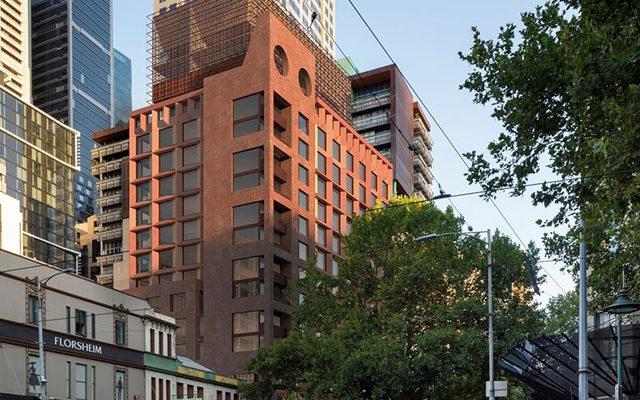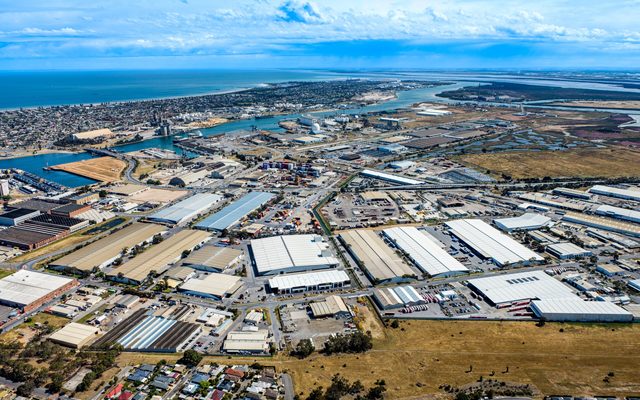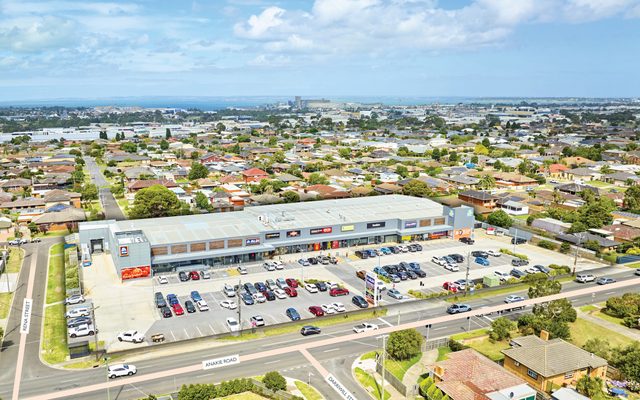This article is from the Australian Property Journal archive
TOTAL returns for commercial property assets post COVID-19 are expected to be higher compared to previous downturns, with the popular industrial sector to lead the way as the pandemic accelerates ecommerce and logistics trends.
Knight Frank expects capital growth for industrial and logistics assets to slow to further to 3.6% in 2021 after 4% last year, following 5.2% growth in 2019. Total returns will likely remain around or just under 10% through 2020 and 2021.
Ben Burston, Knight Frank’s chief economist, Australia, said this would mark a much stronger return performance than that experienced during the GFC, and reflect rising demand for last mile delivery services and logistics assets.
“The sector is not perceived to be subject to income risk to the same extent as other sectors and investors continue to target the sector.”
Capital growth is expected to pick up again in 2022, underpinned by economic recovery and further yield tightening, driven by the likely persistence of very low interest rates.
Falling effective rents combined with broadly stable yields is expected to drive weaker total returns for commercial property assets in the short-term, Knight Frank said, which is already beginning to play out. The average value of office property assets has fallen by 1% since March after growth of 6% during 2019.
“Large divergences in performance across sectors is evident, with capital growth for retail assets falling sharply, while the performance of industrial assets has strengthened slightly over the same period” Burston said.
Based on a gradual recovery with no further major lockdowns, capital growth in the office sector is expected to average -1% for calendar year 2020 and -2% in 2021, leaving total returns a little over 4% and 3% respectively.
Capital growth was 11.5% in 2019, and is expected to be around 4% in 2022, with total return rising to 9%.
Average prime office property yields have remained relatively stable during the pandemic. Smaller capital city markets such as Perth have seen tightening of their high yields, while there has been little movement in Sydney and Melbourne.
“However, there has been more divergence in yields based on income risk in recent months as investors seek longer WALE and higher quality assets,” Burston said.
“We expect this trend to continue in the near-term with yields likely widening for secondary and shorter WALE assets where income flows are at risk, but tightening for prime assets with long and secure income streams where lower interest rates are the dominant influence on pricing.”
The shift to a lower return environment will also see a further deepening in the real estate debt market during 2021 and more non-bank lenders.
“Lower expected capital growth will narrow the gap between expected returns on equity and debt strategies, tilting the risk/return dynamic toward debt,” Burston said.
“The entry of new non-bank lenders into the debt market will widen competition resulting in a broadening of the scope of borrowing available to borrowers, including longer loan tenors and higher LVRs than traditional bank lenders will offer.”
Non-bank lenders are not subject to APRA regulations, and can offer greater flexibility and faster execution, which can lower their relative cost of funding.
According to Oxford Economics, Australian banks are among the most at-risk of an extended fall in commercial real estate values.
Bringing together a number of the potential risk factors related to CRE lending, such as recent price dynamics, loan growth, and the share of CRE loans in total bank loans, risks vary significantly across economies, with the highest risks in the US, Australia, and parts of Asia including Hong Kong and South Korea.




